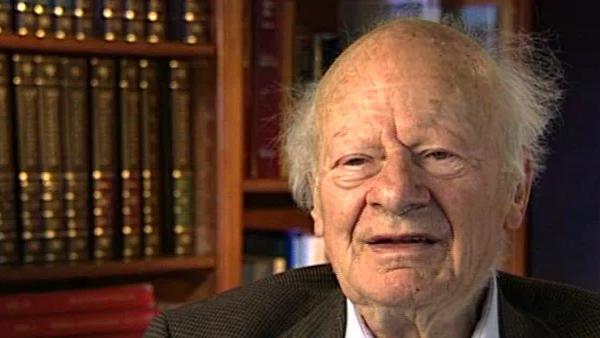NEXT STORY

Pleasing results from the experiments
RELATED STORIES

NEXT STORY

Pleasing results from the experiments
RELATED STORIES


|
Views | Duration | |
|---|---|---|---|
| 151. The SAGE experiment | 273 | 02:57 | |
| 152. Pleasing results from the experiments | 185 | 01:39 | |
| 153. Looking forward to the Sudbury Neutrino Observatory experiment | 232 | 02:56 | |
| 154. The Sudbury Neutrino Observatory experiment | 196 | 01:22 | |
| 155. Implications about the neutrino masses | 256 | 01:27 | |
| 156. Thoughts on the development of 20th century physics | 598 | 02:38 | |
| 157. Subatomic phenomena; quarks and gluons | 492 | 02:40 | |
| 158. Physics in the future | 944 | 03:29 |
